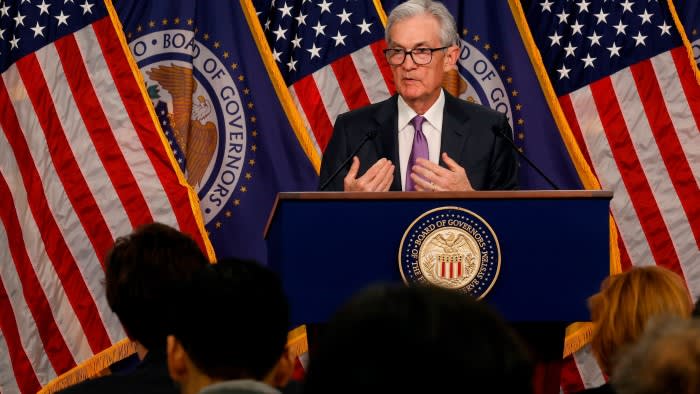As the debate over whether the Federal Reserve will cut interest rates this year continues, a critical question arises: are higher rates inflationary? While higher rates may not necessarily lead to inflation on a broad scale, there is a compelling case for inflationary effects on certain index components, such as housing, which could be more pronounced at the moment. Additionally, higher rates can signal that inflation is high, potentially reinforcing consumer inflation expectations.
Central bankers should recognize that the relationship between interest rates and inflation is not as straightforward as it may seem. They should not assume a direct link between the two nor be swayed by market narratives that suggest otherwise. The challenge lies in achieving a decline in US consumer price inflation from its current level of around 3.5 percent to a target of about 2 percent, which has historically only occurred during recessions.
To achieve this goal, central bankers should maintain an easing bias, allowing for a nimble response in case growth and inflation accelerate unexpectedly. By adopting an approach of “opportunistic disinflation,” policymakers can wait for positive supply shocks to naturally lower inflation rather than actively trying to engineer a slowdown. This strategy could be more effective in the current economic environment and help avoid the need for drastic measures like quantitative easing in the event of a recession.
In conclusion, central bankers must adopt a cautious and flexible approach to monetary policy when navigating the complex interplay between interest rates and inflation. A gradual decline in US consumer price inflation will likely occur as workers and businesses adapt to changing conditions.


